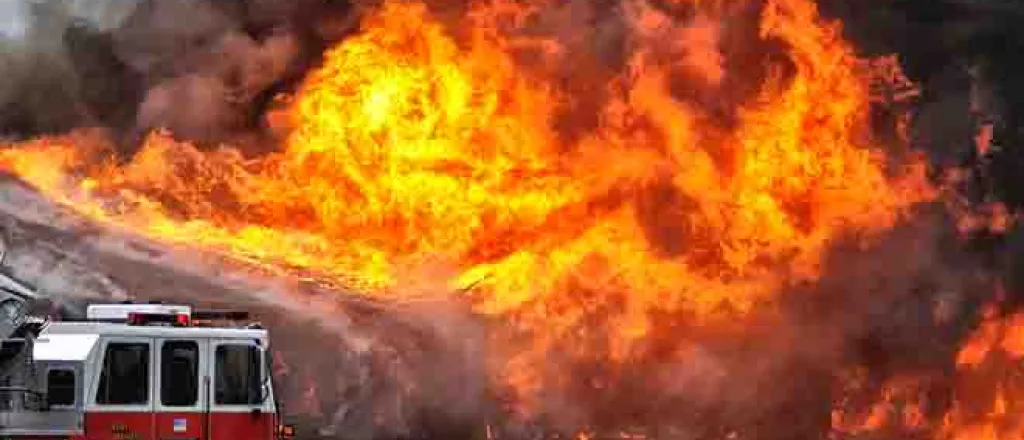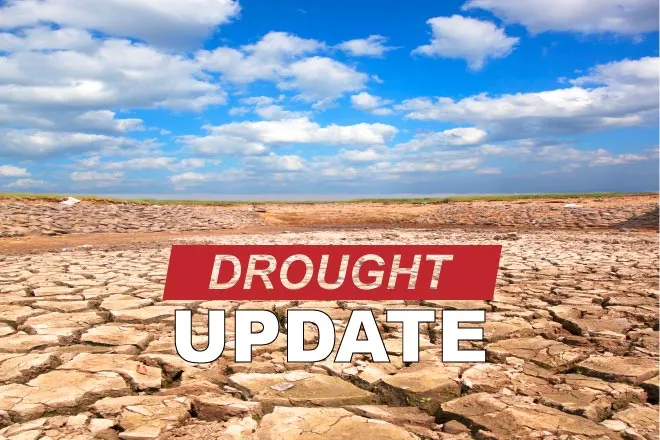
Dry weather increases wildfire risk in North Dakota
(The Center Square) - Even though autumn brings cooler temperatures to North Dakota, dry conditions mean the risk of wildfire remains high, particularly in rural areas.
Beth Hill, outreach and education manager at North Dakota Forest Service, said the fall has been historically high-risk for wildfires in North Dakota because vegetation is drying and many outdoor activities, like harvest and hunting, are underway.
"For a fire to start, we need oxygen, fuel and a heat source," Hill said. "That drying vegetation often acts as our fuel source, and oxygen is readily available in the air. All that is needed to start a fire is a heat source, which often is the result of human activity."
The most common causes of human-caused wildfires in North Dakota in 2021 were debris burning and equipment use. To mitigate that, Hill said precautionary steps include checking current conditions on the NDResponse.gov website to monitor daily fire danger, learning about burn bans, conditions for red flag warnings and adjusting or postponing activities as needed.
"Be sure the weather conditions are suitable for safe burning," Hill said. "Burning should never be done on days with low humidity and higher wind, as even a fire that seems to be out could restart and grow out of control. When burning, keep piles small, manageable and monitored until they are completely out."
Hill says heat and sparks from farm machinery and heavy equipment can ignite wildfires. Exhaust systems on road, recreation, and farm vehicles can reach high temperatures, so avoid driving over and parking on tall, dry grass. Keep trailer chains from dragging, which can create sparks on roads. Make sure equipment is clean, well-maintained and fire-safe. It is good practice to carry two fire extinguishers on your combine, Hill said, one in the cab and one that you can access from the ground.
In addition to these guidelines, there are additional steps rural homeowners can take to create a defensible space and protect their homes from wildfires.
"Keep objects like lawn mowers, propane tanks and firewood piles at least 30 feet away from the home at all times," Hill said. "Clean roofs, gutters, decks and patios of leaves, needles and other flammables at all times. Remove organic mulch and vegetation within five feet of the home and replace with nonflammable material. Remove tree and shrub branches that overhang within 10 feet of the house and trim tree limbs up to 10 feet above the ground. Install 1/8 inch metal mesh screens over vents and under decks to prevent ember intrusion in the case of a wildfire."
















